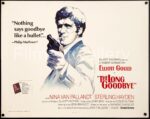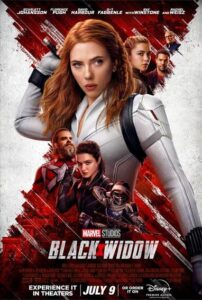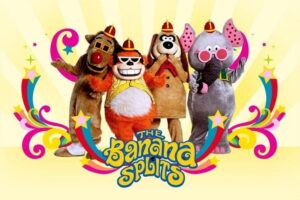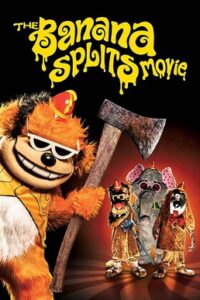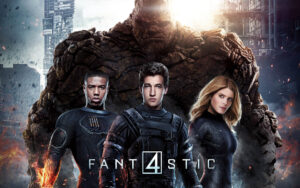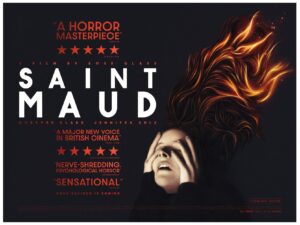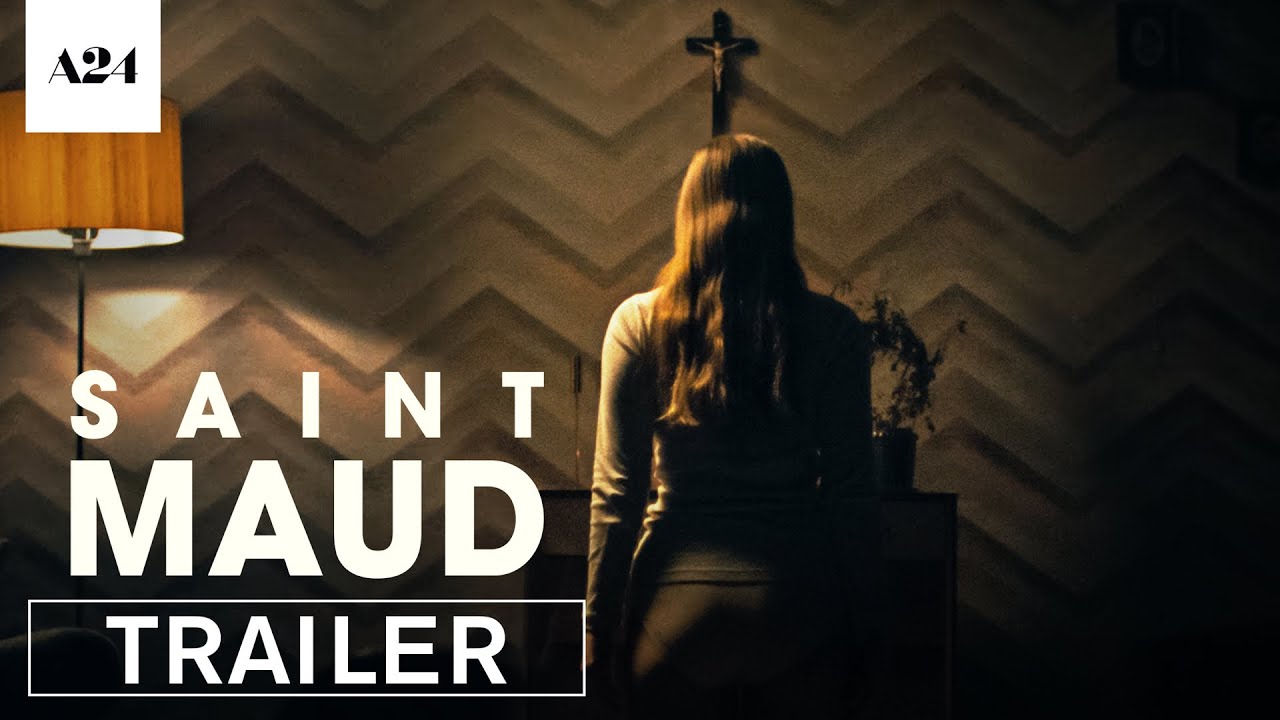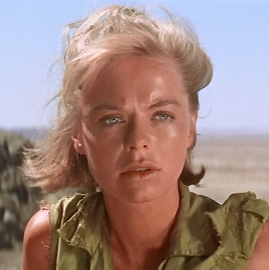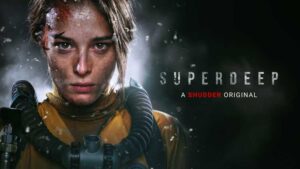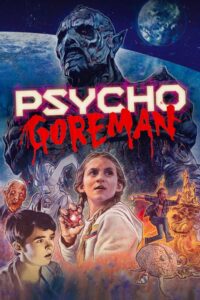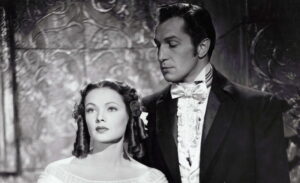At least for me anyway.
With the release of Black Widow my sweetie-wife and I returned to the theaters for movie but before that I had gone back to see Cruella. This weekend I will be heading out for a bit of what I expect to be mostly mindless fun with Snake Eyes. (While I was too old to be in the actual target demographic for the 80s G.I. Joecartoon series, I did enjoy the campy fun it produced.)
Looking ahead I can see a number of films that I want to see, and I want to see them in a proper theater. I’m not going to bother mentioning the MCU entries, just consider them a given.
The Green Knight. This looks to be trippy and bizarre and interesting.
The Suicide Squad. Right Wing internet trolls may have delayed Guardians of the Galaxy 3 by getting writer/director James Gunn temporarily sacked but, in the end, Disney restored him and as a bonus we’re getting his unique take on this DC property.
Free Guy. Odds are this is not going to live up to expectations, but it might, and Ryan Reynolds is fun and I’m looking forward to Taika Waititi as the bad guy and more Jodie Comer is always good.
Speaking of Jodie Comer brings us to The Last Duel a rich and luscious period piece from master filmmaker Ridley Scott. Scott, given a good script makes masterpieces, and given a bad one makes films that look great. I am going to see The Last Duel and hope the script is great.
Venom: Let There be Carnage. Should be fun.
Dune. Yes. I want to see this so much.
No Time to Die, the last outing for my favorite Bond even is all his entries haven’t exactly been good.
Last Night in Soho. Edger Wright doing a multi-period ghost story of a horror film. I’m sold.
A couple of film that I do not know the release dates for that are certainly on my radar.
Lamb an atmospheric moody piece about an Icelandic couple that finds an infant that may be a changeling.
The Tragedy of Macbeth from A24 that has so far always given us interesting films that are not budget busting spectacles but thoughtful artistic films.

